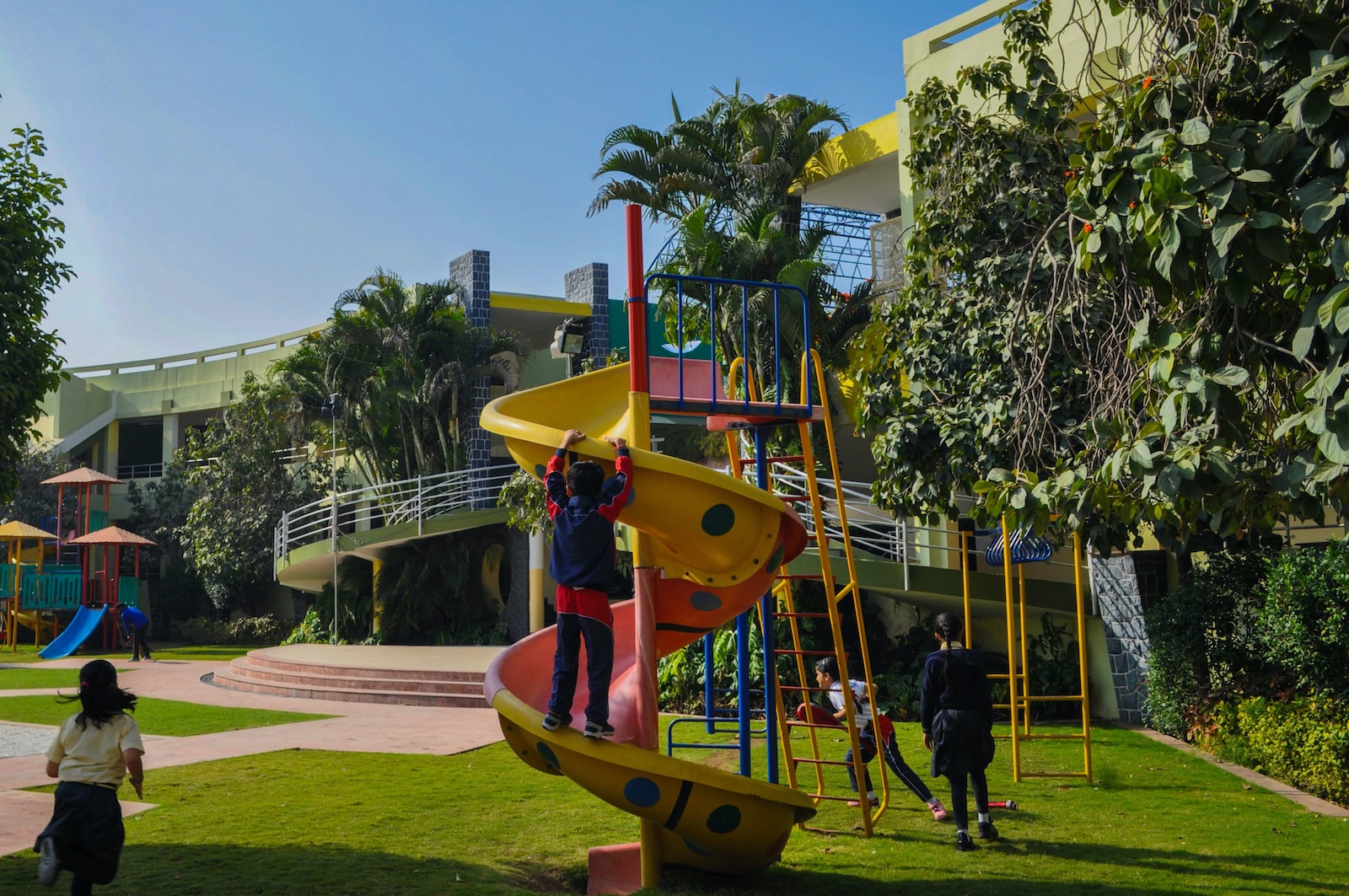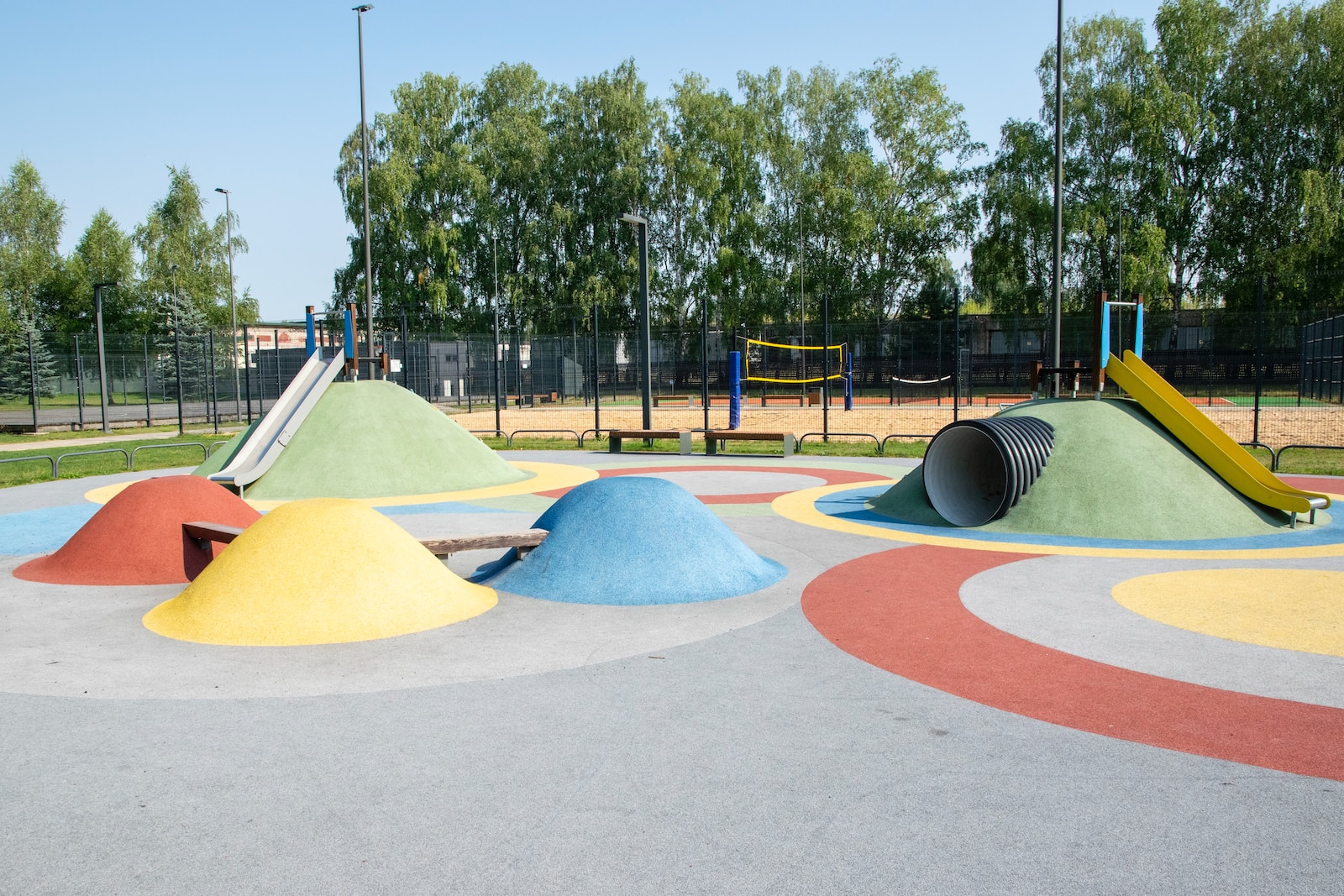Your search returned 168 results
Playground design matters: Insights on quality, gender, and usage
Playground design matters: Insights on quality, gender, and usage
Outdoor play is vital for children’s physical, social, and emotional development. Yet, opportunities for outdoor play are declining due to urbanization and digitalization.
Public playgrounds can help counter this trend, but their effectiveness may depend on their design.
This study aimed to investigate how specific playground features influence children’s usage, with attention to gender differences. Bliekendaal and colleagues (2025) assessed 38 neighborhood playgrounds in Almere in the Netherlands, using the Play Space Audit Tool (PSAT). They observed 426 children’s presence through systematic headcounts.
The researchers used GEE-regression models* to analyze the relationship between playground features and usage.
The findings are particularly relevant for urban designers, playground developers, and policy advisors seeking to create inclusive, engaging, and well-utilized play environments.
* Generalized Estimating Equations (GEE) are a type of regression model used to analyze repeated or clustered data. They adjust for correlations within groups to ensure more accurate estimates.
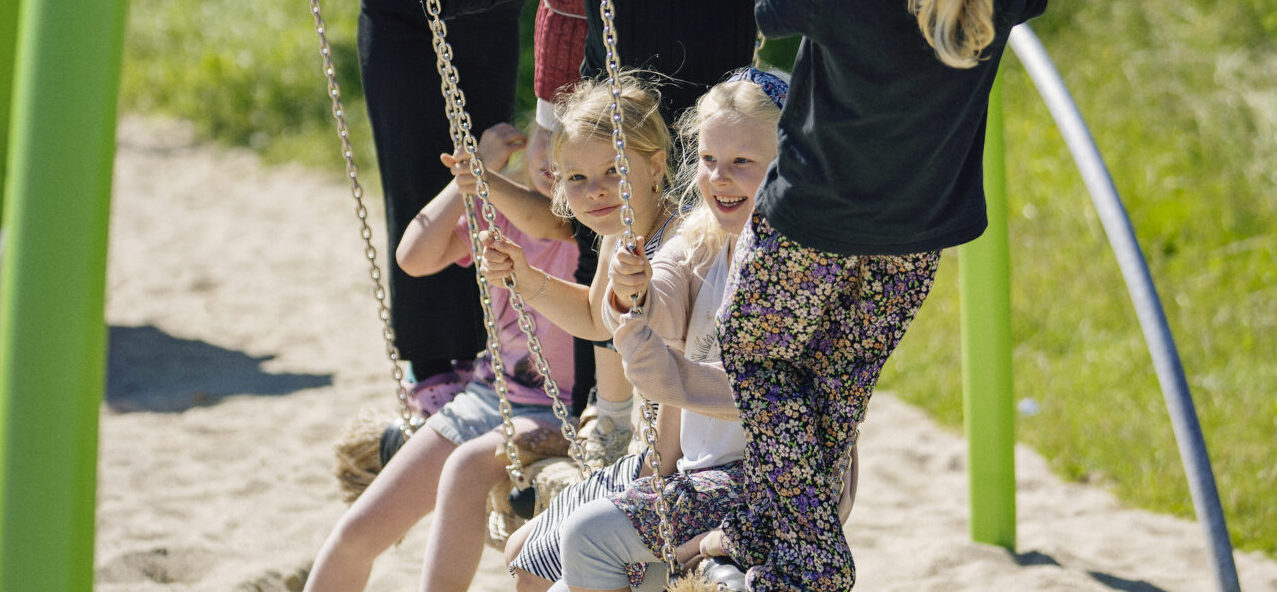
Playground Design Matters: A Cross-Sectional Study on the Association Between Playground Features and Children’s Usage
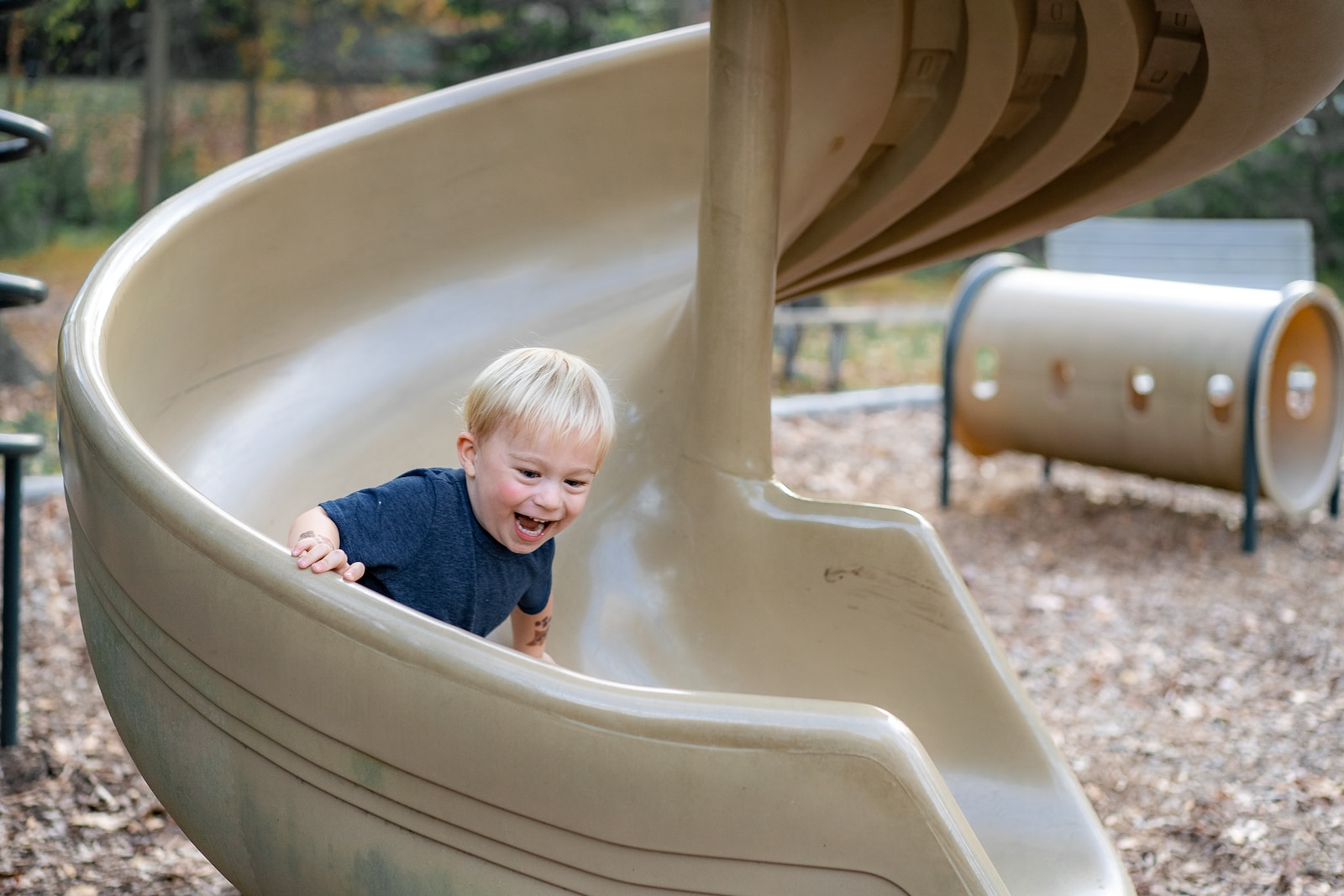

How do we create more child-friendly neighborhoods?
How do we create more child-friendly neighborhoods?
A child-friendly neighborhood supports the fundamental needs of children’s daily lives and promotes their physical, emotional, and social development.
However, parents’ perception of a neighborhood as child-friendly can influence where they choose to live and how comfortable they feel letting their children play outside or move around on their own. These choices affect children’s physical activity, which directly impacts their health and well-being.
To understand these choices, researcher Xiaoli Gong set out in her PhD project to develop a new instrument that measures how parents in the Netherlands perceive a neighborhood’s child-friendliness.
She also explored how these perceptions influence parents’ housing choices and children’s physical activity.
This brief summarizes key findings from Gong’s publications from 2024 and 2025, offering valuable insights for urban planners, designers, researchers, and professionals focused on child-friendly environments.
The findings can inform the planning of interventions to create more child-friendly neighborhoods that promote children’s physical activity and health.
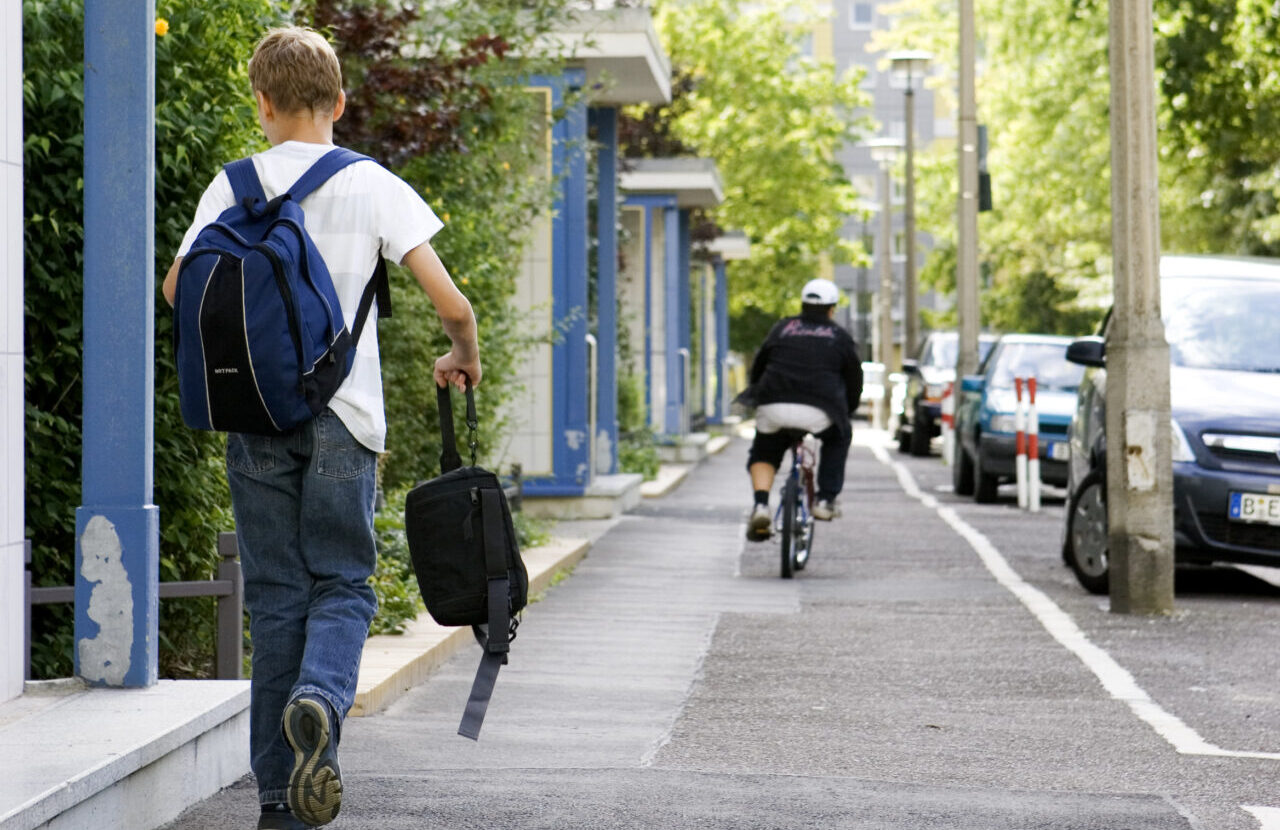
Coping with Standards: Integrating Art and Safety into the Design of a Creative Playground
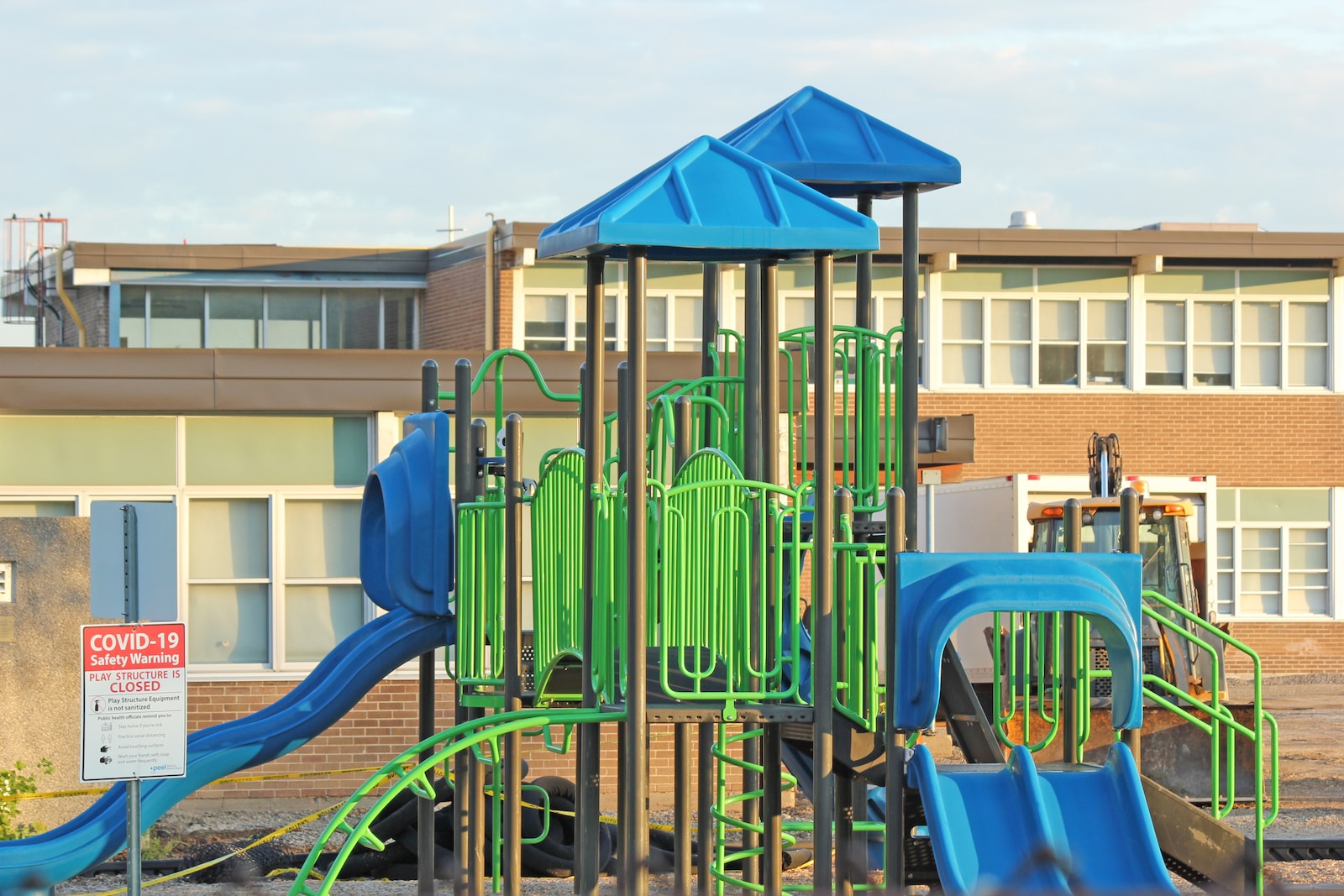
Playing it safe: The relationship between parent attitudes to risk and injury, and children’s adventurous play and physical activity
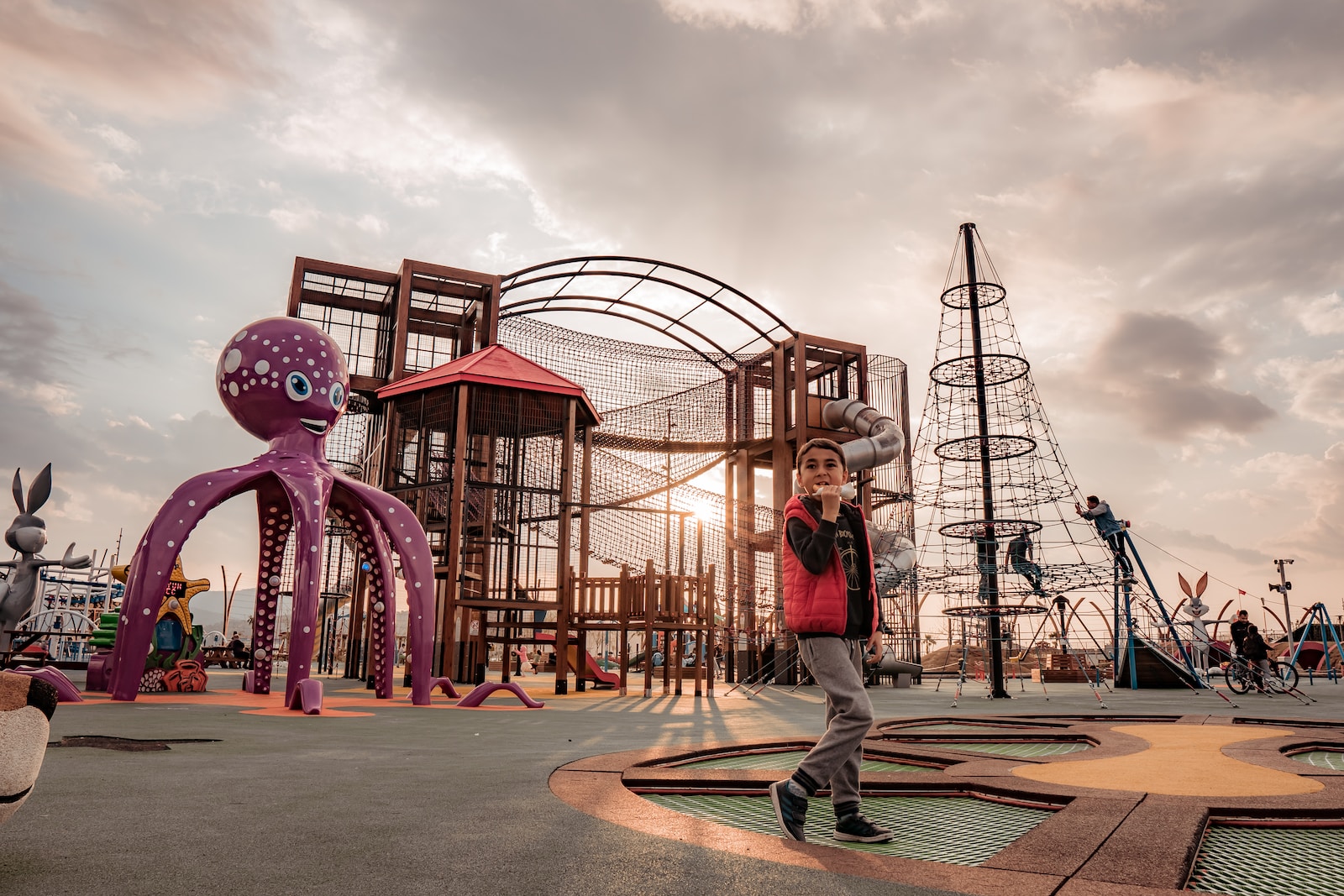
Children’s experiences of playground characteristics that contribute to play value and inclusion: Insights from a meta-ethnography
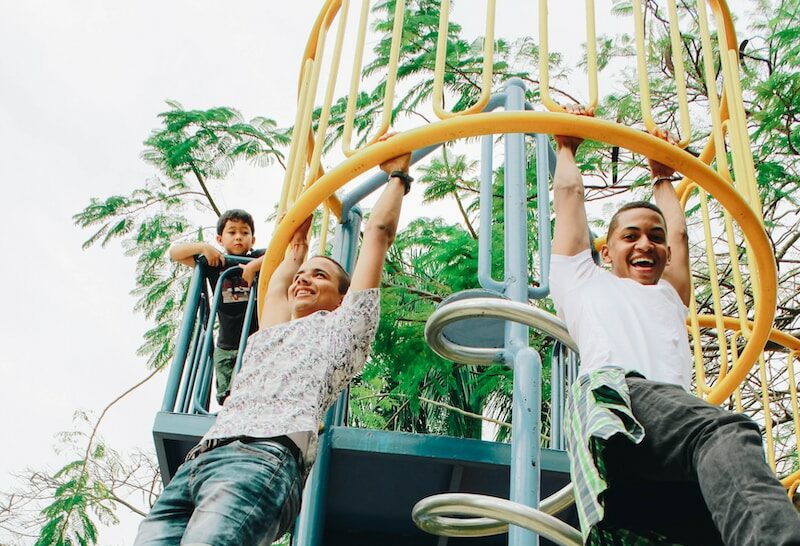
Parental Preference for Park Attributes Related to Children’s Use of Parks in Low-Income, Racial/Ethnic Diverse Neighborhoods

Environmental Qualities That Enhance Outdoor Play in Community Playgrounds from the Perspective of Children with and without Disabilities: A Scoping Review
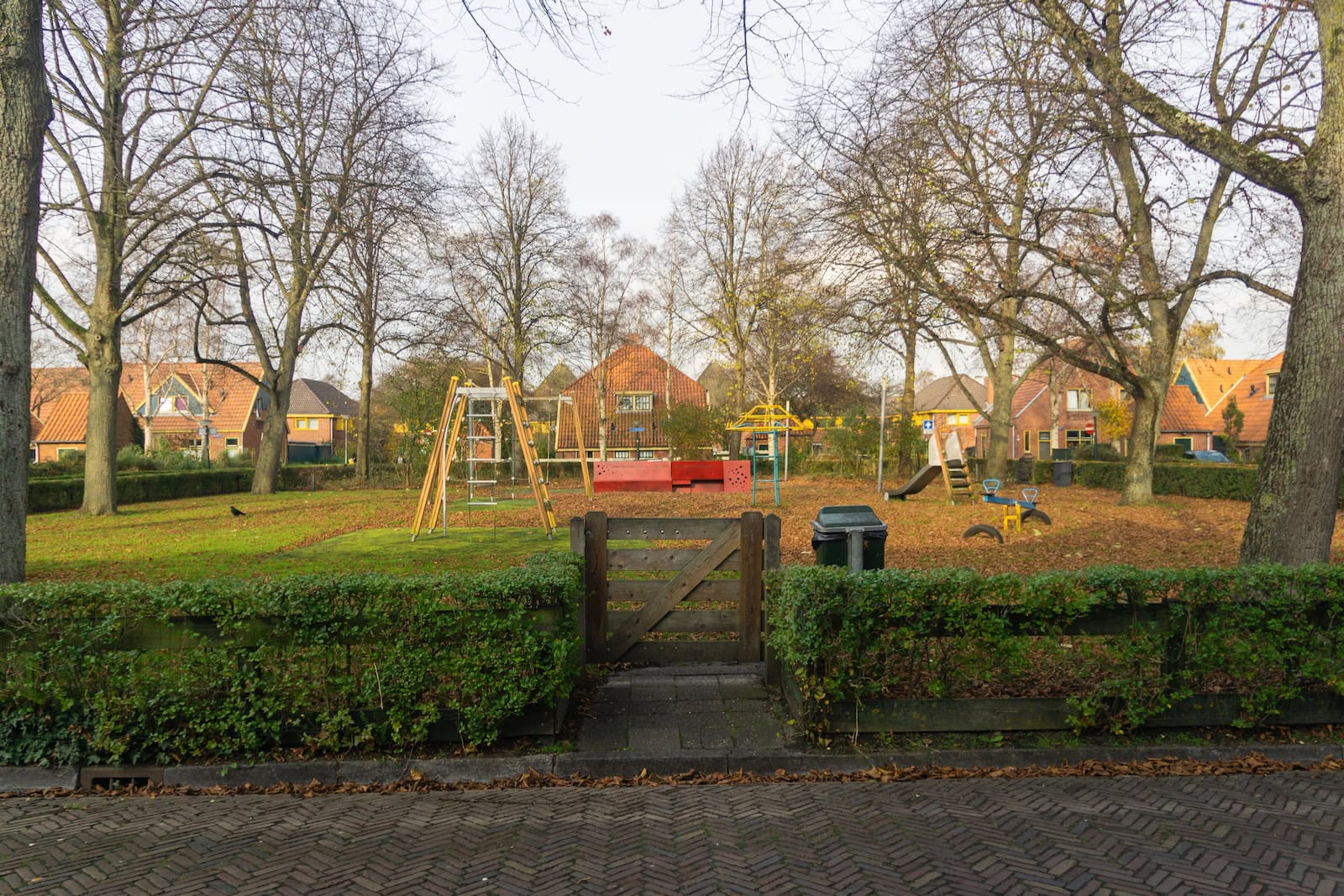
Children’s play and physical activity levels in a natural playground: an observational case study from the Netherlands
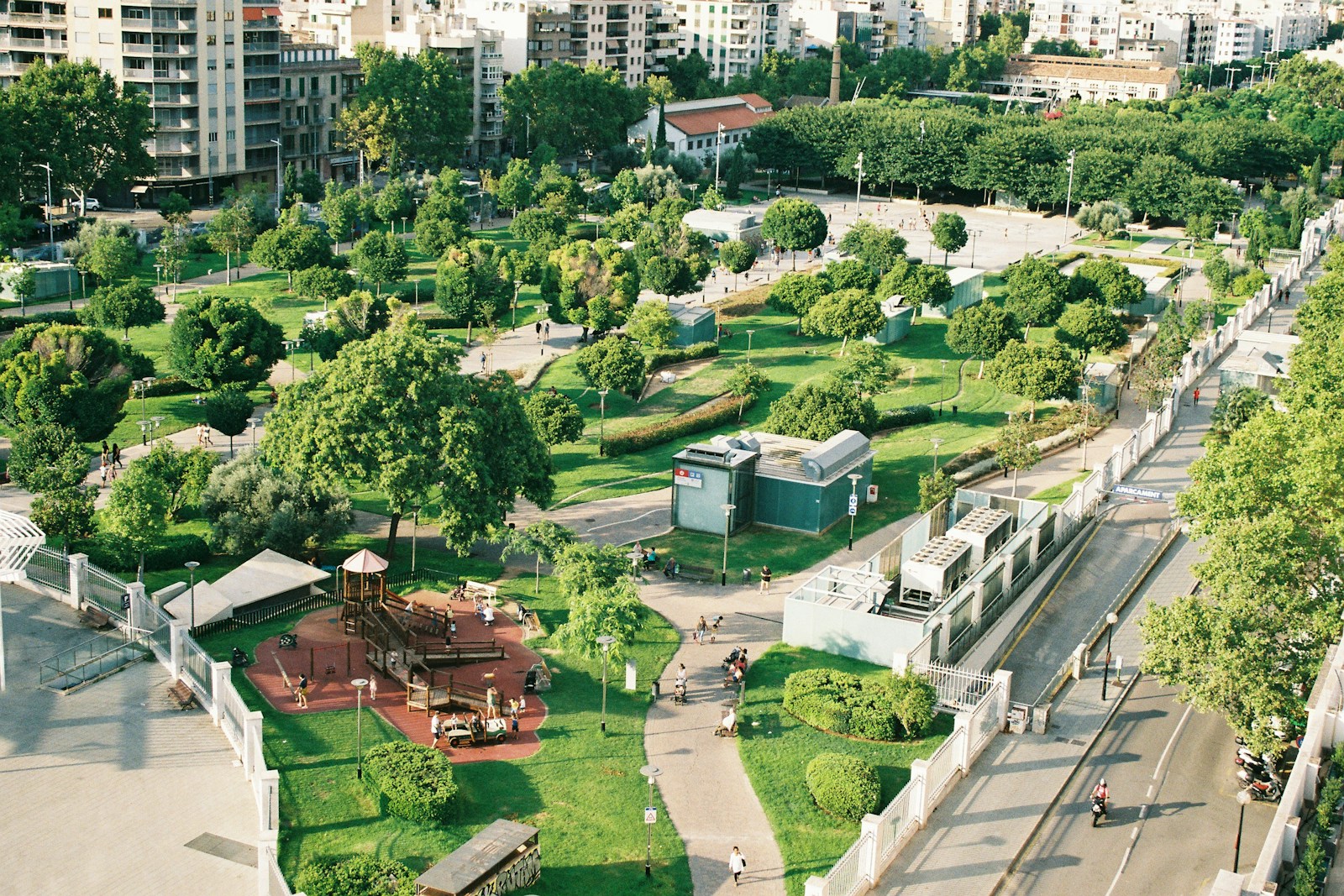
Playground Location and Patterns of Use
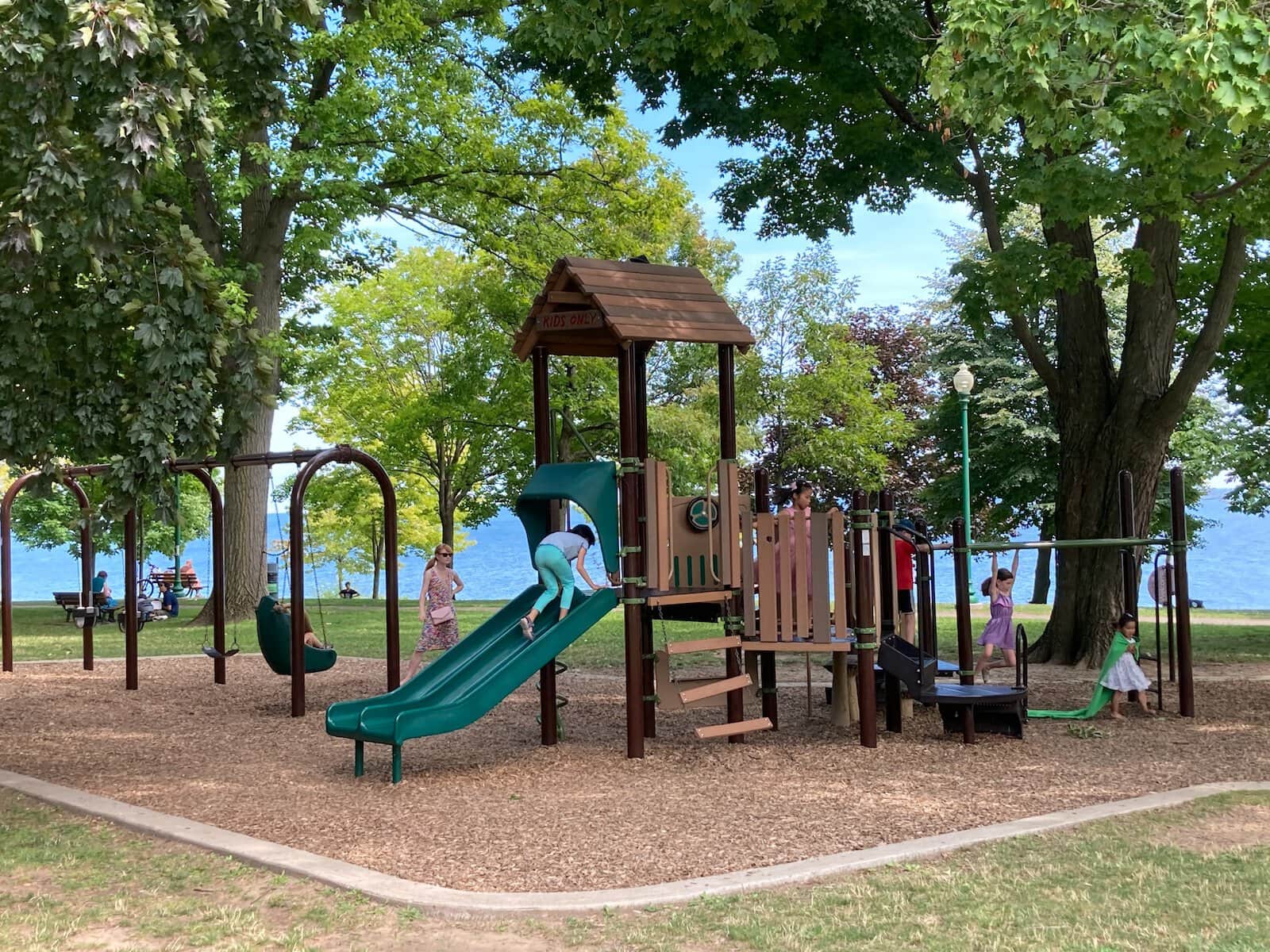
Playground Design and Physical Activity
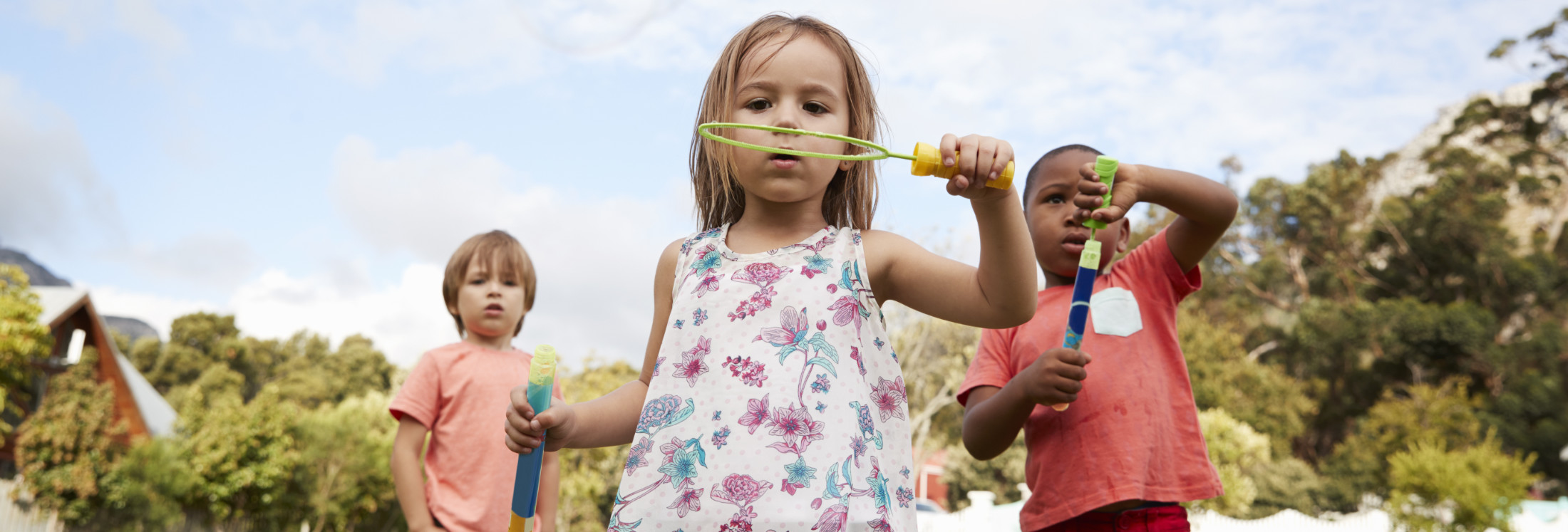
Strategies for inclusive playgrounds: a case study from Japan
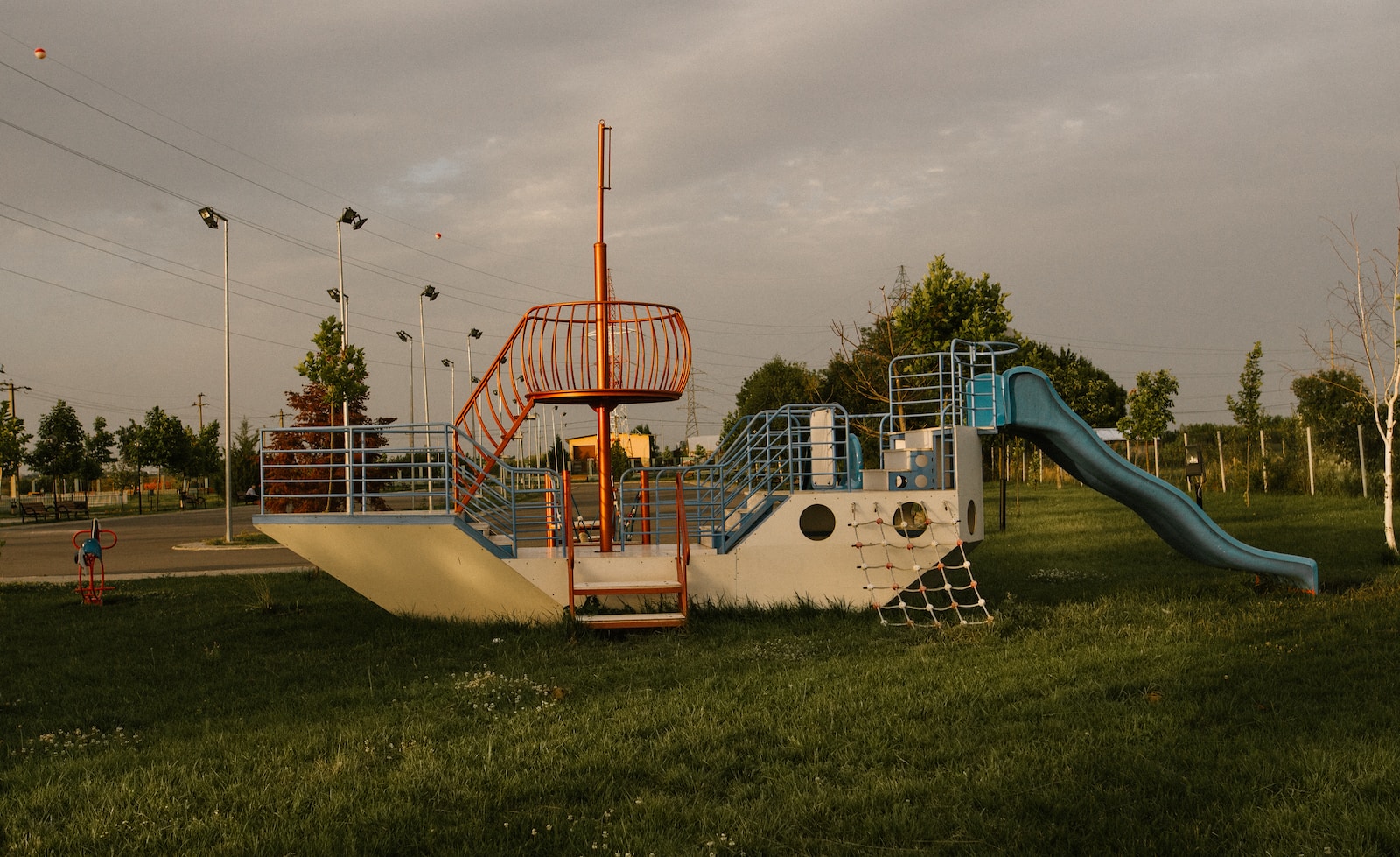
To Play or Not to Play: Mapping Unequal Provision of Children’s Playgrounds
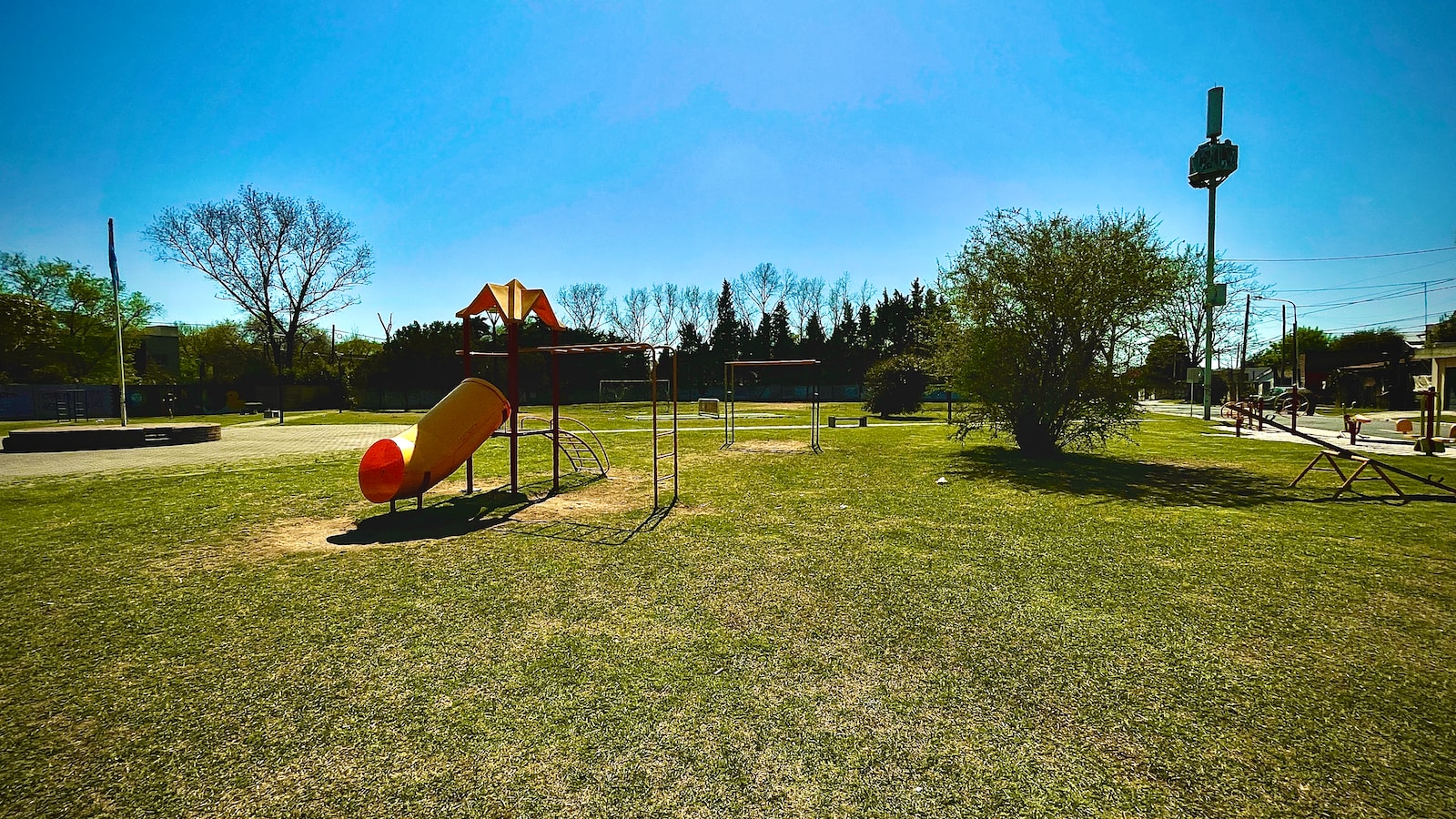
Planning for Risky Play: From Child-Safe Playgrounds Towards Adventurous Urban Areas
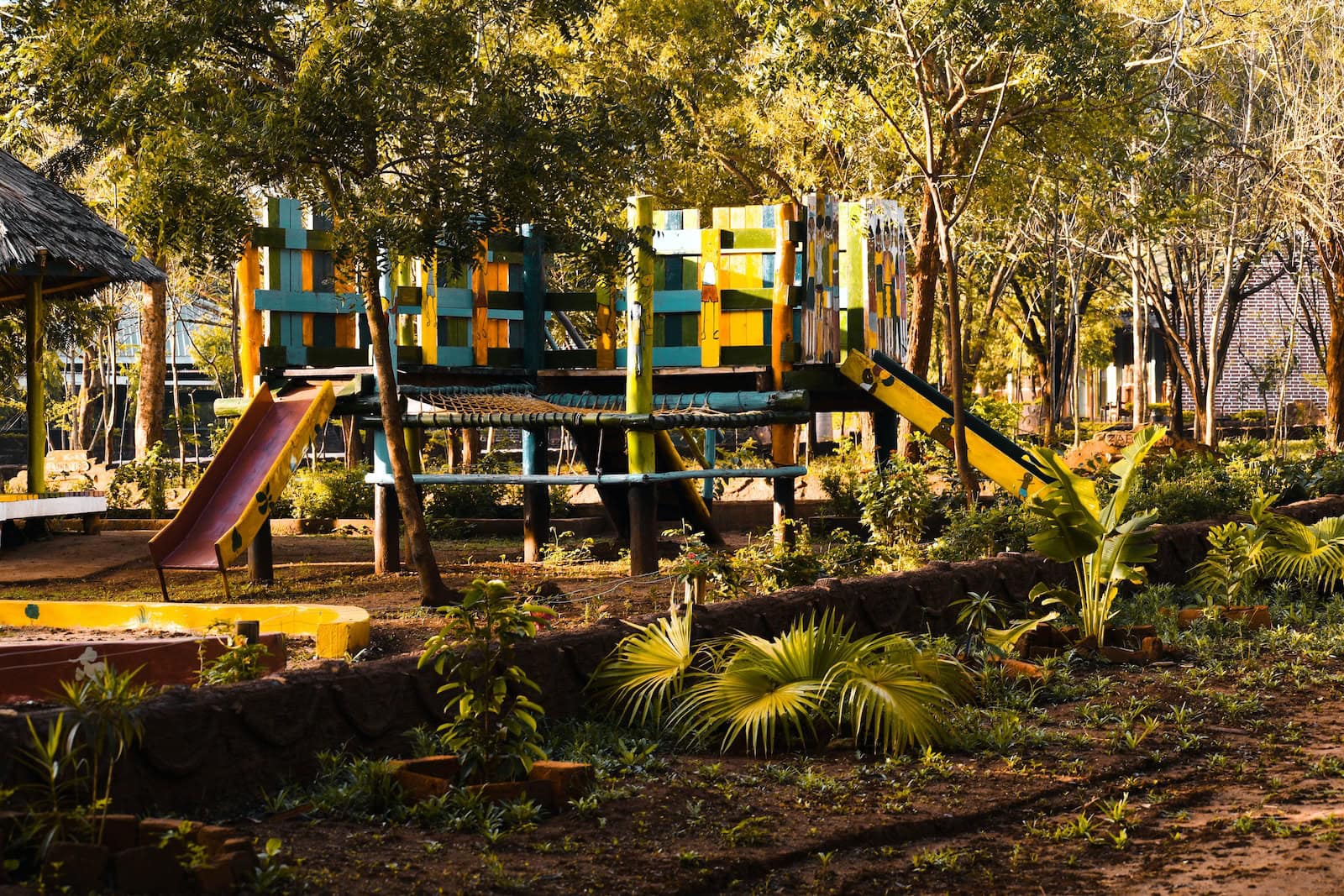
Children’s Perspectives of Neighbourhood Spaces: Gender-Based Insights From Participatory Mapping and GIS Analysis
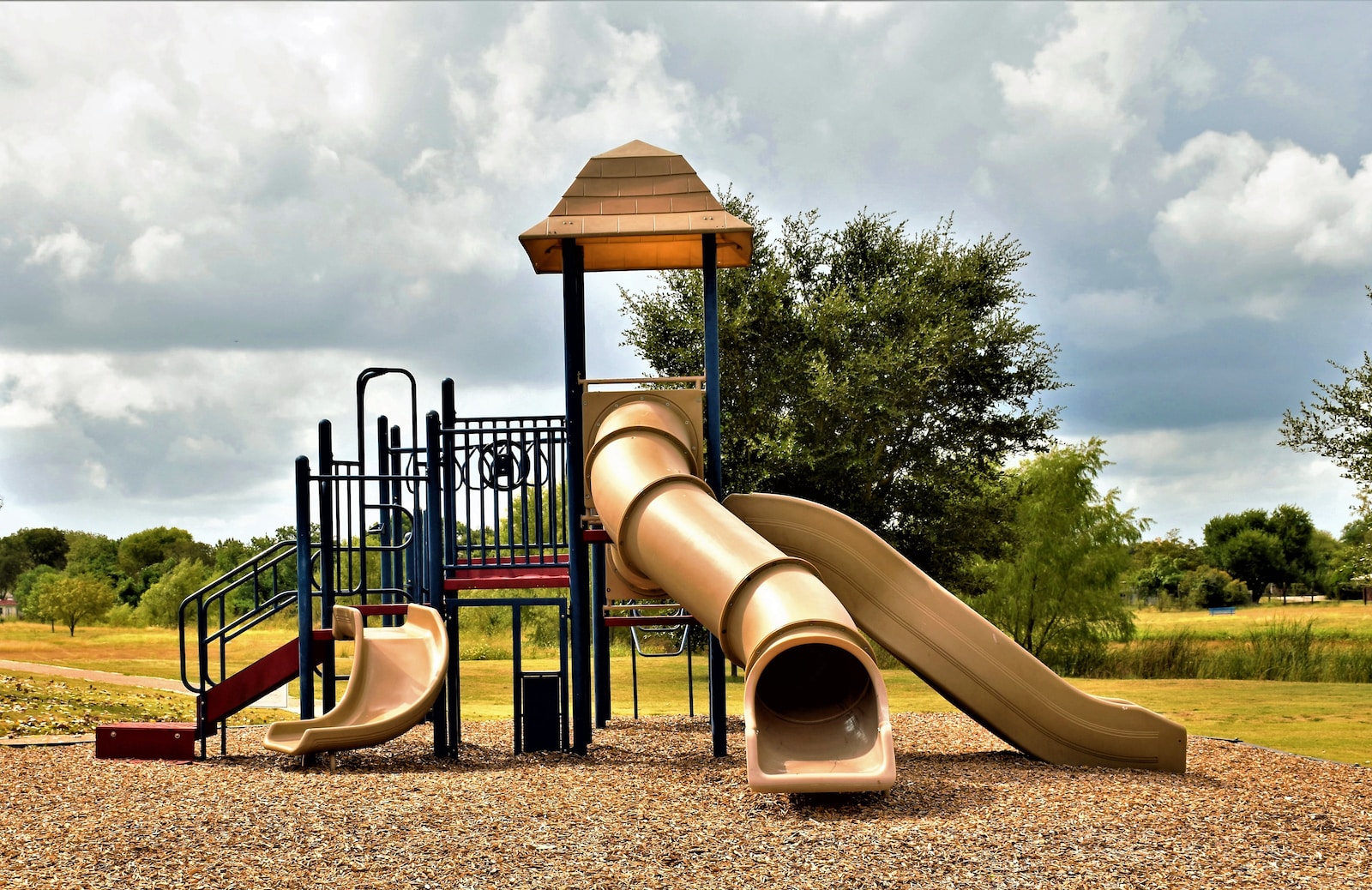
Beyond green: Unveiling the impact of urban park quality and greenery on children’s physical activity
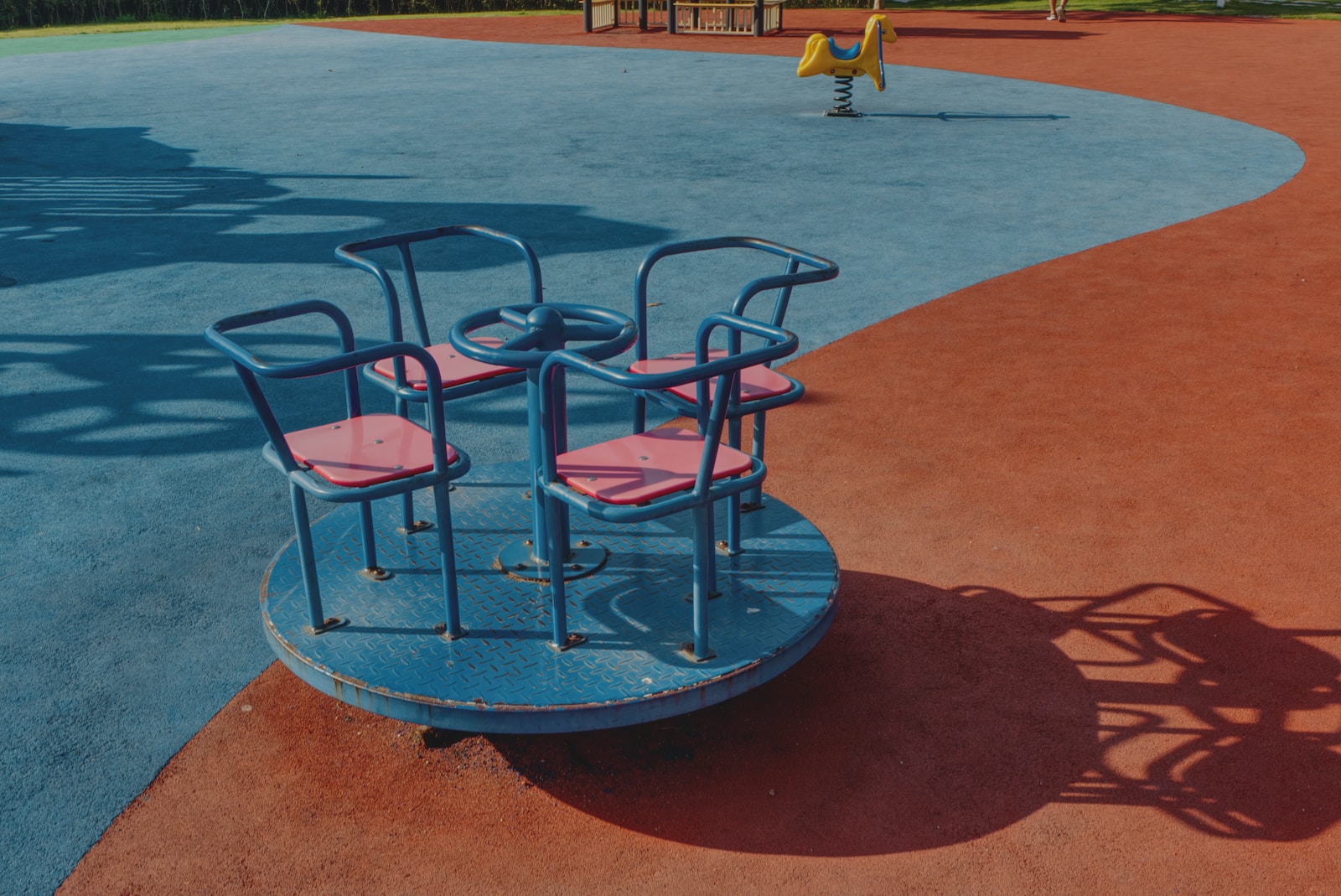
EXPLORING THE NEXUS: DESIGN CHARACTERISTICS OF URBAN LOCAL PUBLIC SPACES AND CHILDREN’S PLAY BEHAVIOR IN BANGALORE, INDIA

SOOPEN: design and assessment of a tailored systematic observation tool to evaluate outdoor play behavior among schoolchildren groups
